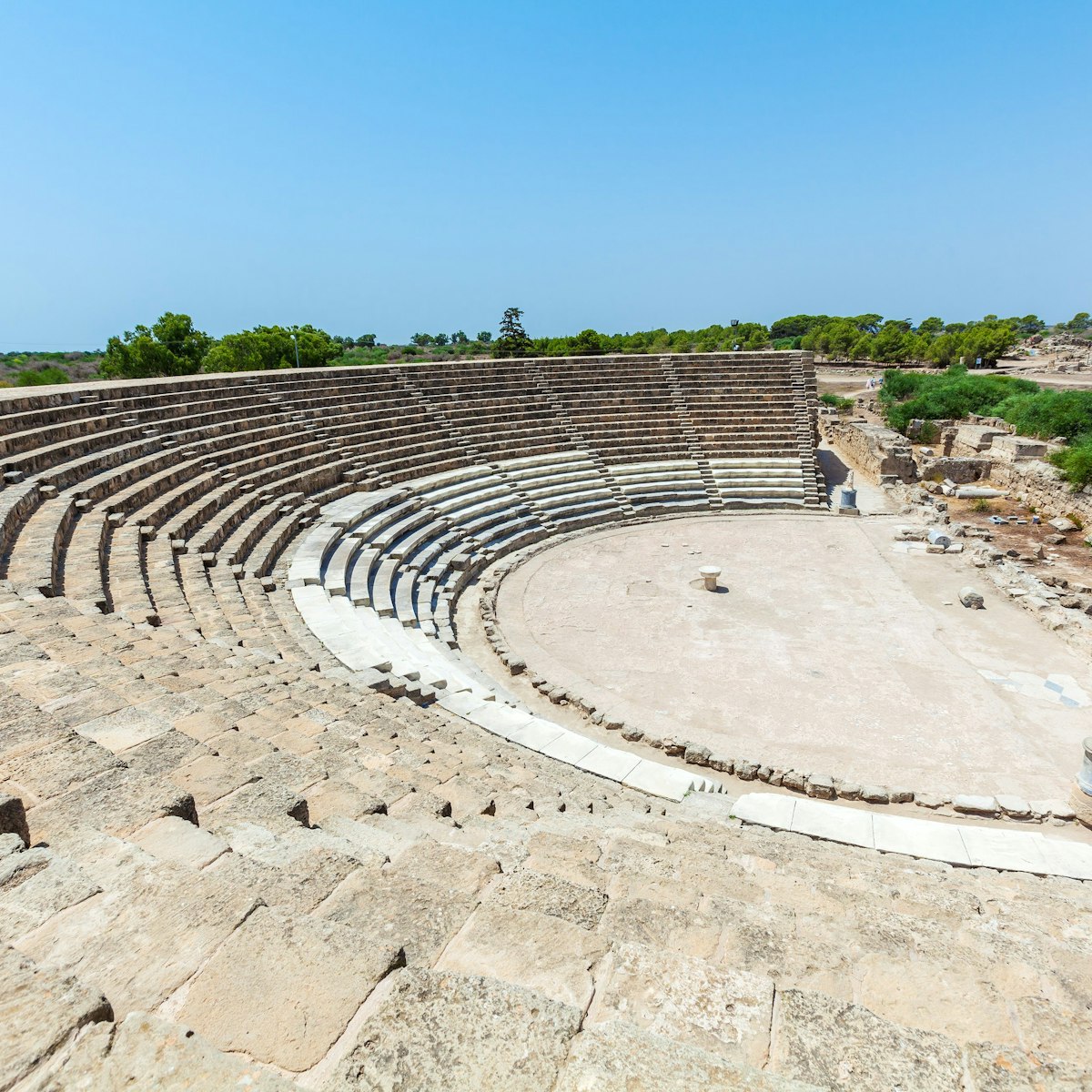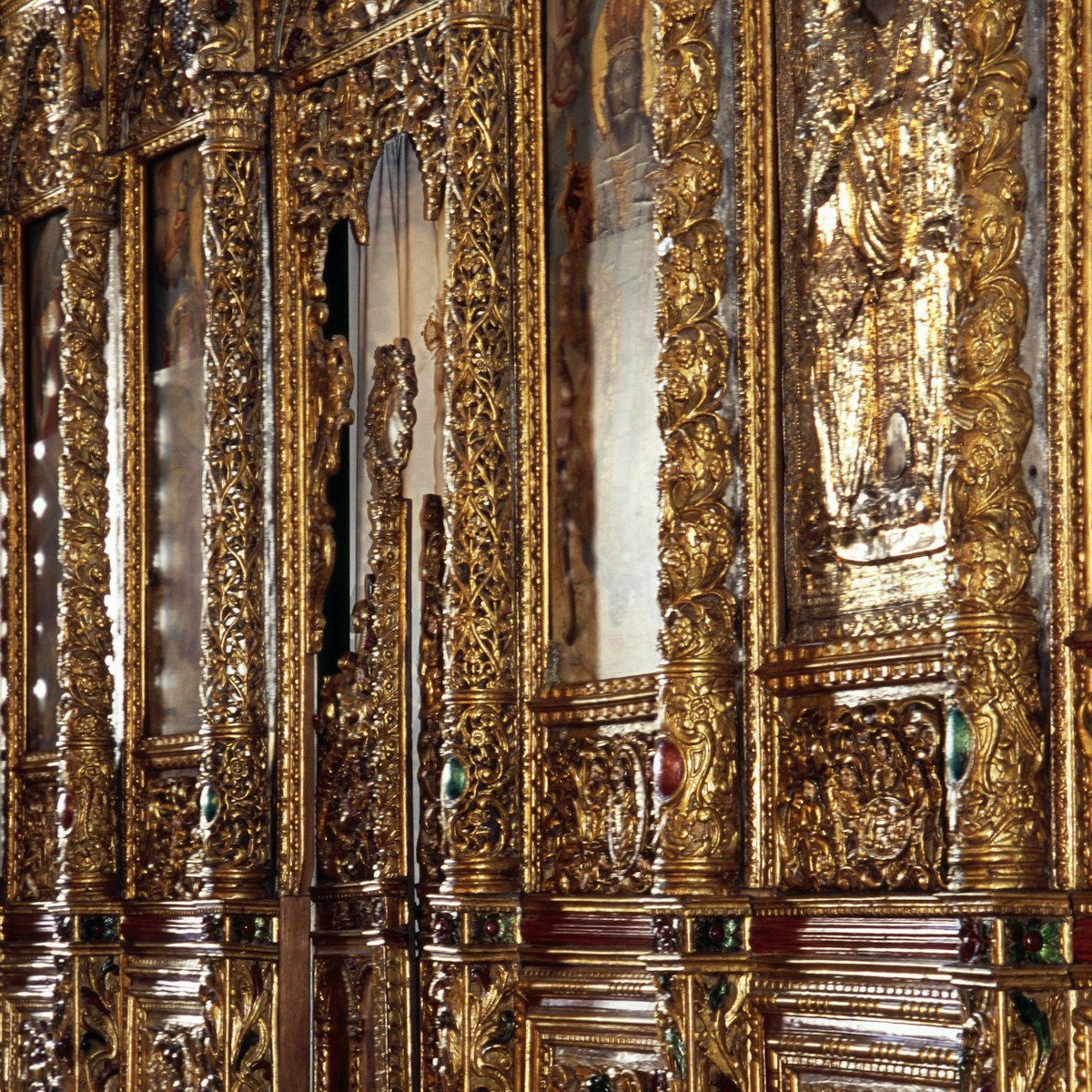This museum was established in 1839 by Demetrios Pierides as a protective answer to the region’s notorious tomb raiders and the illegal selling of the area's precious artefacts.
The collection, expanded by Pierides’ descendants, is housed in the family mansion, built in 1825. It features artefacts from all over the island, with detailed explanations in English. Although the museum is small, it has some stunning pieces; exhibits are well curated and arranged chronologically to present a comprehensive history of Cyprus.
The most famous piece in the collection is the neolithic ceramic howling man, dating to c 5500 BC. If water is poured into the seated figure’s mouth it will drain from his phallus. No other piece like it has ever been found on the island. Archaeologists have debated whether the figure had a religious or a secular function, but no consensus has ever been reached.
The exhibits then wander through the Mycenaean and Achaean periods, the Iron Age, the Roman occupation, and Byzantine, Crusader, Lusignan, Venetian and Ottoman periods.
The collection also showcases intricate Greek and Roman glassware and offers fine examples of weaving, embroidery, woodcarvings and traditional costumes associated with Cypriot folk art.







